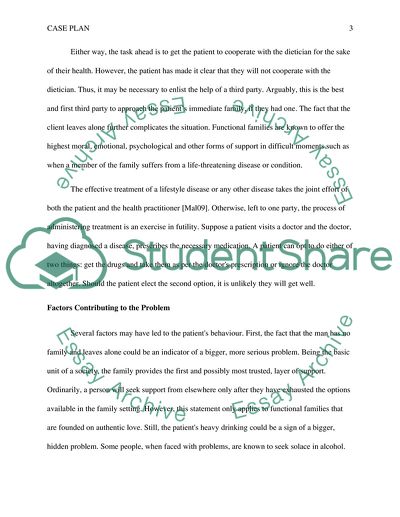Cite this document
(“Case plan scenario Essay Example | Topics and Well Written Essays - 2000 words”, n.d.)
Case plan scenario Essay Example | Topics and Well Written Essays - 2000 words. Retrieved from https://studentshare.org/health-sciences-medicine/1662587-case-plan-scenario
Case plan scenario Essay Example | Topics and Well Written Essays - 2000 words. Retrieved from https://studentshare.org/health-sciences-medicine/1662587-case-plan-scenario
(Case Plan Scenario Essay Example | Topics and Well Written Essays - 2000 Words)
Case Plan Scenario Essay Example | Topics and Well Written Essays - 2000 Words. https://studentshare.org/health-sciences-medicine/1662587-case-plan-scenario.
Case Plan Scenario Essay Example | Topics and Well Written Essays - 2000 Words. https://studentshare.org/health-sciences-medicine/1662587-case-plan-scenario.
“Case Plan Scenario Essay Example | Topics and Well Written Essays - 2000 Words”, n.d. https://studentshare.org/health-sciences-medicine/1662587-case-plan-scenario.


